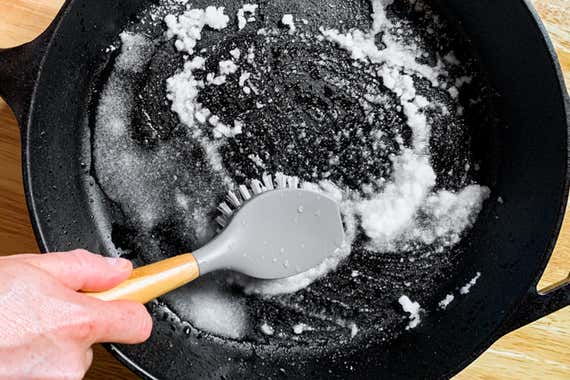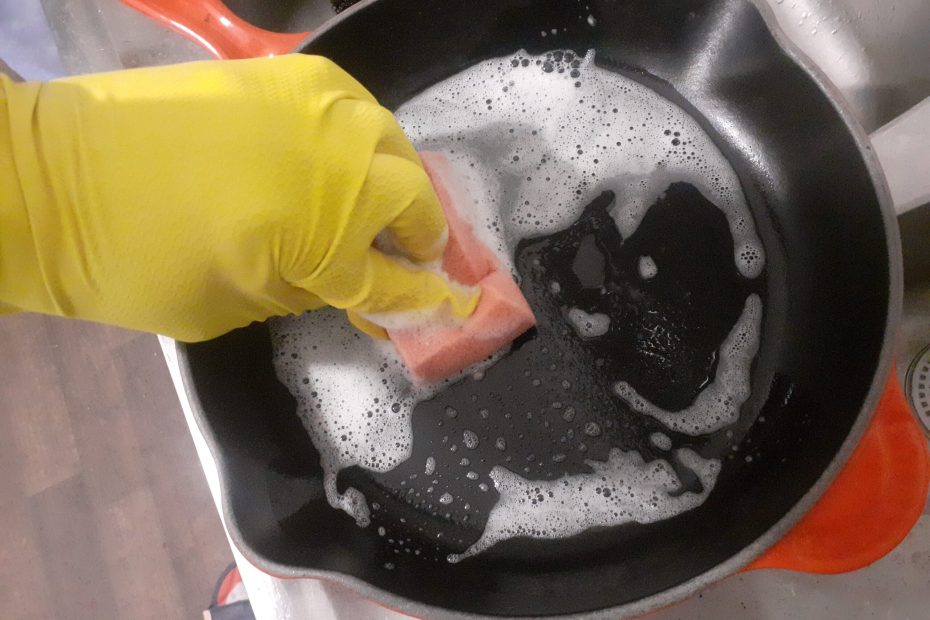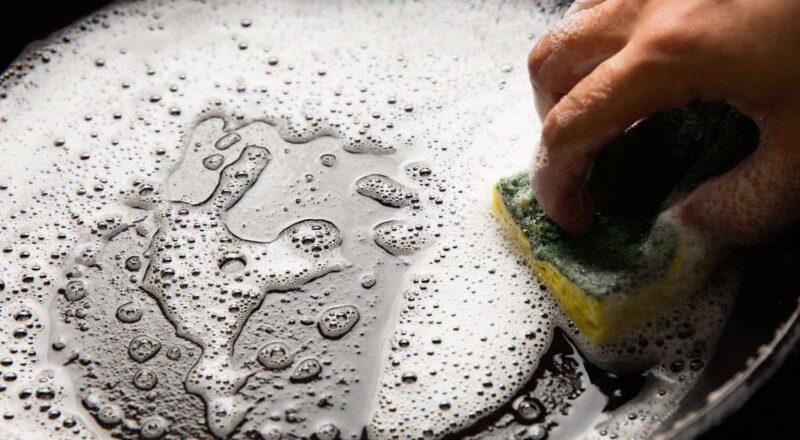When it comes to achieving a non-stick surface on your cast iron cookware, the process might seem a bit daunting initially. However, with the right techniques and understanding, you can transform your cast iron skillet into a kitchen workhorse that provides both exceptional cooking performance and health benefits. In this article, well dive into detailed steps and tips on how to make cast iron non-stick.

Understanding Cast Iron Cookware
Cast iron cookware has been cherished by cooks for generations due to its durability and excellent heat retention. Before diving into the process, it’s crucial to understand the nuances of this robust material.
What is Cast Iron?
Cast iron is an alloy of iron and carbon that is known for its ability to withstand high temperatures. This makes it ideal for various cooking techniques, from searing to baking.
Why Cast Iron is Popular
It’s not just the durability that makes cast iron a favorite among cooks. The potential to make it non-stick with proper seasoning is one of its major draws. Health-conscious individuals especially appreciate the benefits of a non-toxic, non-stick surface.

Seasoning Your Cast Iron
The key to making cast iron non-stick lies in the process called seasoning. Seasoning involves applying a thin layer of oil to the surface and heating it, allowing the oil to polymerize and create a slick coating.
Choosing the Right Oil
When it comes to selecting oil for seasoning, not all oils are created equal. Some popular choices include flaxseed oil, canola oil, and vegetable oil due to their high smoke points.
Steps to Properly Season Cast Iron
- Preheat your oven to around 400F (200C).
- Thoroughly clean the cast iron skillet with hot water and mild soap.
- Apply a thin layer of your chosen oil to the entire surface of the skillet.
- Place the skillet upside-down in the oven, with a sheet of aluminum foil on the rack below to catch any drips.
- Bake for about an hour, then turn off the oven and let the skillet cool inside.
Repeat this process a few times to build up a good seasoning layer.

Maintaining the Non-Stick Surface
Proper maintenance is essential to ensure your cast iron remains non-stick. Lets explore some key practices to maintain the seasoning.
Regular Cleaning
Avoid using harsh detergents or scrubbing pads that could strip the seasoning. Instead, opt for warm water and a soft sponge. For stubborn food residues, a paste made from coarse salt and water can be effective.
Re-seasoning as Needed
If you notice food starting to stick or the surface looking dull, it might be time to re-season. Its a quick process that keeps your cast iron in top condition.
Avoiding Common Pitfalls
Common mistakes like using too much soap, soaking the skillet overnight, or cooking highly acidic foods can damage the seasoning layer. Being mindful of these can prolong the non-stick properties of your cast iron.

Using Cast Iron Cookware Effectively
Knowing how to cook with cast iron is just as important as the initial seasoning. Proper use will enhance the non-stick property and make your cooking endeavors delightful.
Preheating the Skillet
Always preheat the skillet before adding any food. A well-preheated skillet helps form a better non-stick surface.
Using the Right Utensils
Opt for wooden, silicone, or other non-abrasive utensils. Metal utensils can scratch the seasoning, reducing the non-stick effect.
Cooking Techniques
Techniques like pan-frying, sauting, or roasting work exceptionally well with cast iron cookware. Whether it’s pot roast or hash browns, these methods allow an even distribution of heat, ensuring your food is cooked to perfection.
Health Benefits of Using Cast Iron
There are tremendous health benefits to using cast iron cookware, which appeals to the health-conscious audience.
Boosting Iron Intake
One unique advantage of using cast iron cookware is its ability to boost dietary iron. Foods cooked in cast iron can absorb trace amounts of iron, contributing to daily intake.
Non-Toxic Cooking
Unlike non-stick pans with chemical coatings, seasoned cast iron provides a non-toxic cooking surface. This ensures no harmful chemicals leach into your food.
Troubleshooting Common Issues
Even with proper care, you might face some issues. Heres how to troubleshoot them.
Rust Formation
Rust is a common problem but is easily rectifiable. Scrub the rust off with steel wool, wash thoroughly, and re-season the skillet to restore its non-stick surface.
Sticky Residue
If the skillet surface becomes sticky, its usually due to too much oil during seasoning. Remove the sticky residue by baking the skillet at a high temperature and then re-season with a thin, even layer of oil.
Uneven Cooking
Uneven cooking is often due to not preheating the skillet properly or using it on an uneven heat source. Ensure the skillet is heated uniformly before cooking.
Enhancing Your Cooking Experience
Using cast iron can significantly enhance your cooking experience. From searing steaks to baking pizzas, the possibilities are endless.
Experiment with Recipes
Try new recipes that can particularly benefit from the heat retention and even cooking of cast iron. Recipes like Cast Iron Skillet Steak illustrate the skillets versatility.
Maintaining Versatility
The versatility of cast iron cookware makes it an essential tool in the kitchen. For a variety of dishes that require different cooking methods, cast iron remains unparalleled.
Conclusion
Achieving a non-stick surface on your cast iron skillet is entirely possible with the correct approach. From proper seasoning to maintenance and usage tips, your cast iron can become a treasured kitchen companion. Embrace these techniques, and enjoy a tremendous cooking experience every time you use your cast iron cookware.
FAQs
Do I need to season my skillet after every use?
No, after the initial seasoning, proper care and periodic re-seasoning should be enough to maintain its non-stick properties.
Can I use soap to clean my cast iron?
Mild soap is acceptable as long as you re-season the skillet after a thorough clean. Avoid harsh detergents.
What oils are best for seasoning?
Oils with high smoke points such as flaxseed oil, canola oil, and vegetable oil are ideal for seasoning cast iron.
As an Amazon Associate, I earn from qualifying purchases.

